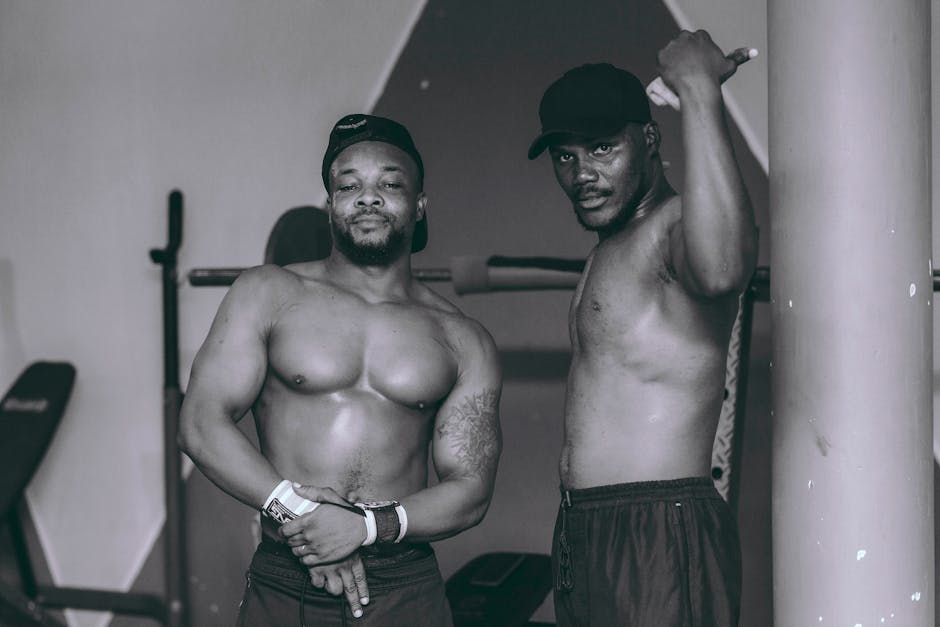Thinking about getting a personal trainer, huh? It’s a big step. A good step. You’ve probably seen them at the gym, clipboard in hand, counting reps for someone else. And you think, “Maybe that’s what I need.” Someone to push me, to show me what to do. Then the next thought hits your brain, and it’s always the same one: how much is this actually going to cost me?
It’s the question that stops a lot of people. The price tag can feel like a big secret. You don’t want to ask and sound cheap, but you also don’t want to get roped into something you can’t afford. So let’s just talk about it. No weird sales pitches. Here’s a real look at what you can expect to pay for a personal trainer in 2025.
The Big Question: What’s the Price Tag on a Personal Trainer?
So, what’s the real damage to your wallet going to be when you hire a personal trainer in 2025, a question that many people find themselves asking when they first start to get serious about fitness. The answer is, well, it depends. That’s not helpful, I know. But it’s the truth. Prices are all over the place.
You could be looking at anywhere from $40 for a single session to well over $200. It’s a huge range. Typically, most trainers will fall somewhere in the $60 to $110 per hour bracket. But this number is just a starting point, a baseline. The final cost is tied to a bunch of different things.
What Really Moves the Needle on Personal Training Costs?
The price isn’t just a number pulled out of thin air. Several things can make that number go up or down. It is often the case that where you are and who you hire are the two biggest things to think about. Let’s break down the main movers and shakers.
Location, Location, Location
This is probably the biggest one. A trainer in New York City or Los Angeles has to pay big city rent. So, their prices are going to be a lot higher. You might see trainers in those areas charging $150 or more an hour.
But if you live in a smaller town or a suburb, the cost of living is lower. So the trainer’s prices will be lower, too. You might find a great trainer for $50 or $60 an hour in a less populated area. The price is normally a reflection of the local economy.
The Trainer’s Experience and Papers
A trainer who just got their first certification is not going to charge the same as someone who’s been doing this for 15 years and has a degree in exercise science. More experience and more education generally means a higher price.
And that makes sense. You’re paying for their knowledge. A seasoned trainer has seen it all. They know how to work with injuries, specific goals, and tricky situations. A newer trainer might be great and full of energy, but they don’t have that same library of experience in their head. The background of the trainer, that also matters a whole lot.
Where You Actually Work Out
The place where you meet your trainer for your sessions has a big effect on the cost. There are a few main options here, and they all have different price points.
Big Commercial Gym: Think of places like Planet Fitness or LA Fitness. You’ll need a membership here first. Then, you pay for the gym’s trainers. The prices can be a bit lower, but the trainer is also giving a cut to the gym.
Private Studio: These are smaller, sometimes more specialized gyms. The atmosphere can be more focused. The cost here is usually mid-to-high range because the owner has a lot of costs to cover for the building.
In-Home Training: This is super convenient. The trainer comes to you. But you’re paying for their travel time and their gas. This is often one of the more expensive options, but the convenience is a big deal for some people.
Virtual Training: This has blown up. You meet with your trainer over a video call. It’s normally the most affordable option. You don’t get hands-on correction, but you still get a plan and accountability.
Different Ways to Pay for Training (And Maybe Save Some Cash)
You don’t always have to pay one session at a time. Most trainers and gyms offer different ways to structure your payments, and some of them can save you a bit of money in the long run. It is considered to be a good idea to ask about packages.
One-on-one training is the classic setup. It’s just you and the trainer. This gives you the most attention and the program is built just for you. It’s also the priciest option.
Then there’s small group training. You work out with maybe 2-4 other people. You still get personal attention, but not 100% of the trainer’s focus. The cost is split, so it’s a lot more budget-friendly. It can be fun, too.
Online coaching is another thing altogether. Sometimes this is just a program a trainer writes for you to follow on your own. You might check in with them once a week or once a month. This is way cheaper and is good for people who are self-motivated but just need a good plan.
Is Shelling Out for a Personal Trainer Actually a Good Idea?
Looking at these numbers, you might be thinking, “Wow, that’s a lot of money.” And it can be. So, is it a good use of your cash? For a lot of people, the answer is a big yes. You have to think about what you are really getting for your money.
You’re not just paying for an hour of someone counting for you. You are paying for a plan that makes sense for your body and your goals. You’re paying to learn how to do exercises correctly so you don’t hurt yourself. That alone can save you from big doctor bills down the road.
You’re also paying for accountability. It’s a lot harder to skip a workout when you know someone is waiting for you and you’ve already paid for the session. That push can be the thing that finally helps you build a consistent routine. It’s an investment in your long-term health, which is a pretty good thing to spend money on.
Frequently Asked Questions About Personal Trainer Costs
Q1: How much does a personal trainer cost per hour in 2025?
On average, you can expect to pay between $60 and $110 per hour. This can drop to around $40 in cheaper areas or for newer trainers, and go up to $200+ in major cities for very experienced trainers.
Q2: Is it cheaper to buy personal training sessions in a block?
Yes, almost always. Most trainers and gyms offer packages of 10, 20, or more sessions. Buying in a block can reduce the per-session cost by 10-20%, so it’s a good way to save if you know you’re committed.
Q3: Does online personal training cost less than in-person?
Definitely. Online or virtual personal training is usually the most affordable option. Since the trainer has no travel time and less overhead, they can charge less, sometimes as low as $30-$50 per session.
Q4: Can I negotiate the price with a personal trainer?
Sometimes. With an independent trainer (not one working for a big gym), you might have some room to talk. You could ask about a discount for paying in cash, training during their off-peak hours, or committing to a longer-term package. It doesn’t hurt to ask politely.
Q5: Why is personal training so expensive?
You’re paying for a professional’s time, their years of education and certifications, their insurance, and the personalized plan they build for you. If they work at a gym, a large part of your fee goes to the gym itself. It’s a one-on-one service industry, which tends to have higher costs.
Key Takeaways
The cost of a personal trainer in 2025 varies a ton, from as low as $40 to over $200 per session.
Your location and the trainer’s experience are the two biggest factors that determine the price.
Working out in a big gym, a private studio, at home, or online will change the cost.
You can often save money by buying sessions in a package, trying small group training, or going with a virtual trainer.
You are paying for more than just a workout partner; you’re paying for a safe plan, knowledge, and someone to hold you accountable.



